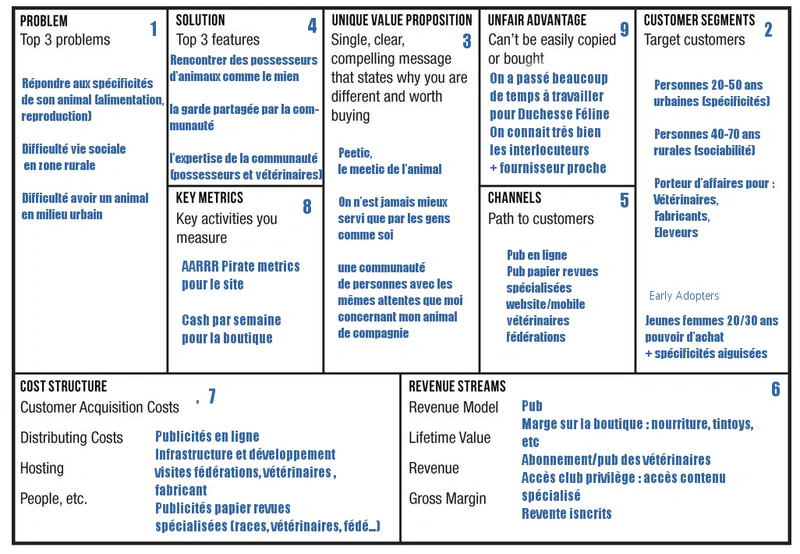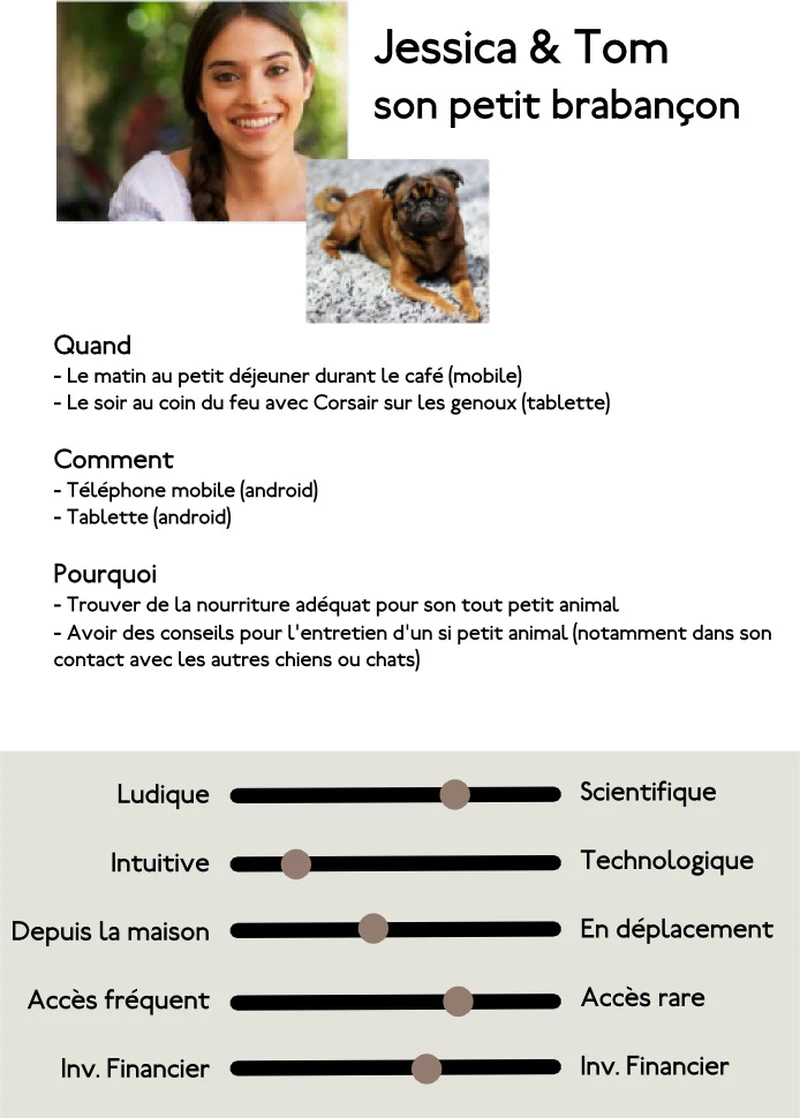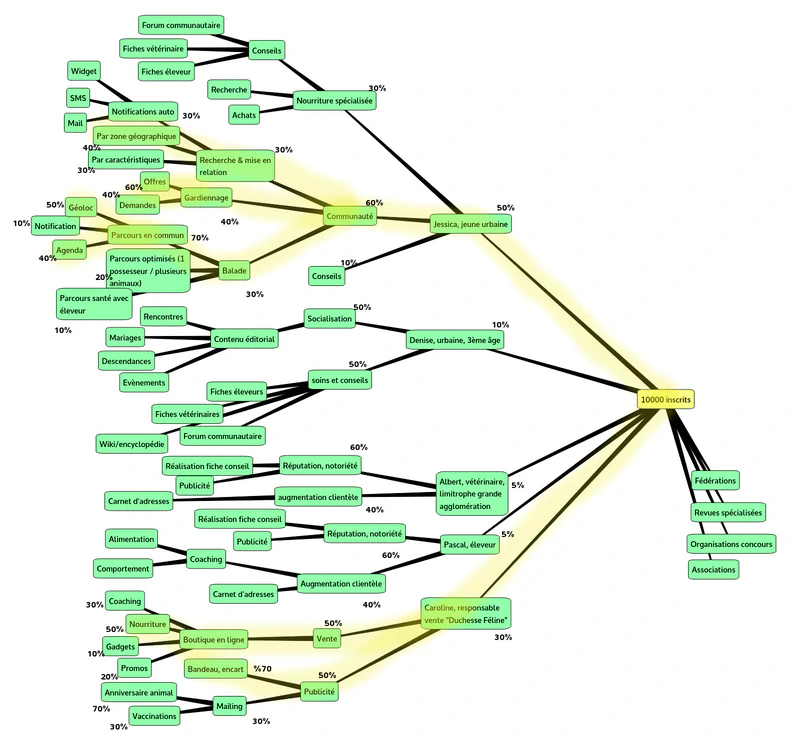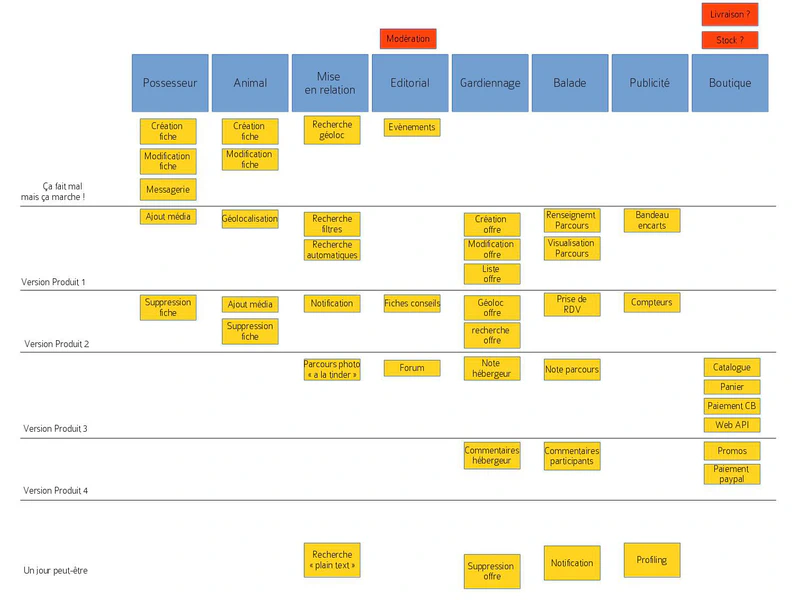Here it is two and a half years ago, with this article, that Peetic was born. I’ve used it a lot, in training, in coaching, during the raid agile, not enough yet. I’ve had the pleasure of receiving feedback from people who have used it (but there too, not enough), and then Claude, who used it in the 3rd edition of his book, “Scrum”, and who tells me he wants to strengthen this aspect even more in the upcoming 4th edition. He’s not obligated to, but he’s free to do so (Peetic is free, if you cite your source, and don’t make money directly with it). In any case, it’s gratifying. The raid agile creates connections, I thank Clodio very much.
A few unimportant questions
No I’ve never really launched Peetic in real life. Yes I believe it would work, but I prefer to do other things. If you have 1 million and you’re interested, let me know anyway.
Peetic is a fictional scenario to help us better understand the approach and certain agile tools.
Below are some elements that I’ve just reinforced throughout my wanderings. It’s up to you to draw inspiration from them or create others. They’re just a few examples. Often unfinished, but which give a good idea of what is expected with this type of approach.
What I’d like is for you to send me your elements to complete Peetic.
By clicking on the images they enlarge and can be easily downloaded. They don’t bite.
Clearly defining your idea: “Lean Canvas”
The Lean Canvas by Ash Maurya, and his Running Lean.

Not missing your target: a “Persona”
A persona from Cooper, who invented them I believe.

Visualizing your strategy: an “impact mapping”
Impact mapping and its critical paths, a visualization invented by Godjo Adzic

Unrolling the tactics: a “user story mapping”
The “user story mapping” by Jeff Patton.

Peetic, the previous episodes
- 2012: Episode 1
- 2012: Conversations
- 2014: An article on from idea to release plan
and therefore
- 2015: A bit of kibble
I’m going to continue enriching these examples. I’d like to do the problem interview, and the solution interview from Running Lean, the MVP interview, some examples of pirate metrics (AARRR), a few other personas, a backlog, user stories, etc.